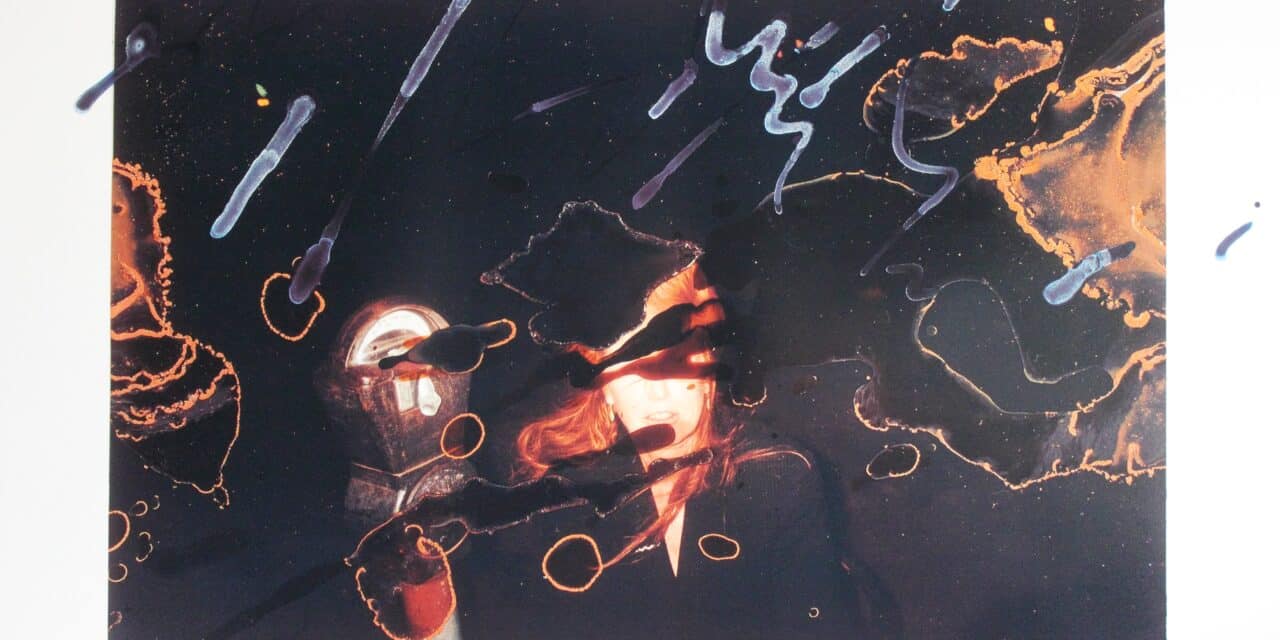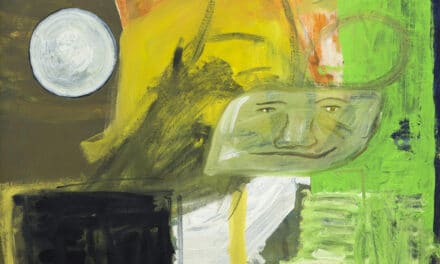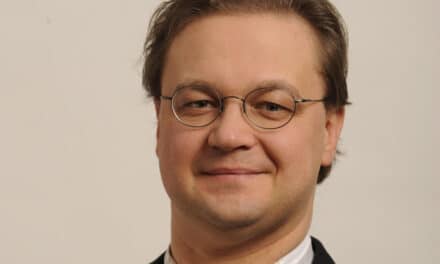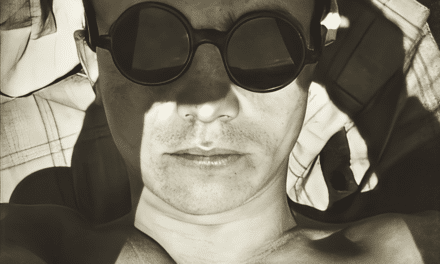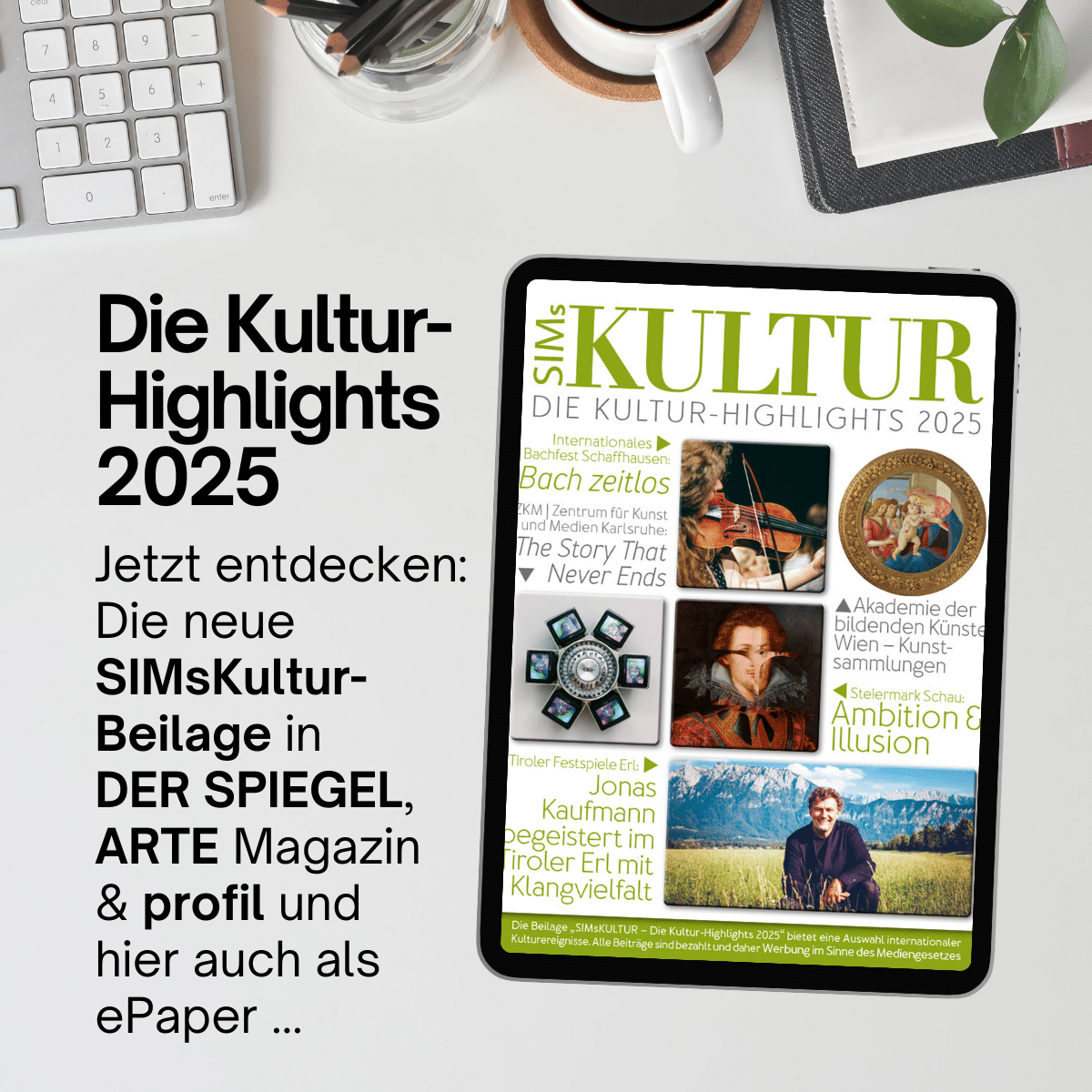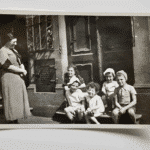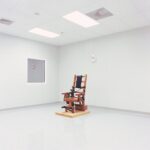New special exhibition at the Beethoven-Haus Bonn looks at Beethoven's compositions as inspiration for visual artists .
Beethoven's works repeatedly inspired painters, graphic artists and sculptors to create their own works as early as the 19th century. But it was only in the second half of the 20th century that his music became more important to artists of the European avant-garde. Until then, the works created in Germany and Austria were mostly still characterized by the tradition of figurative-allegorical depictions. The current special exhibition at the Beethoven-Haus uses a selection of important works to show the variety of different ideas and approaches with which Beethoven's music was approached in the 20th and 21st centuries and the efforts made to make it quasi visible to the viewer. In the middle of the century, art was characterized by an exaggerated veneration of Beethoven and the resulting backlash, which distanced itself from the works of the great "cultural icon". "Only since the 1970s has there been an increasing willingness to engage with Beethoven's compositions again. From then on, numerous, very different and appealing approaches were developed - from the creation of figurative representations to purely abstract color compositions," explains art historian Silke Bettermann, who curated the exhibition. The works of art created deal with the music of the Bonn composer in a very individual way, such as the optical scores by Günther Uecker (*1930), the various collages and graphics by Arman (1928-2005), or the lithographs by Jörg Immendorff (1945-2007), some of which deliberately avoid a generally accessible interpretation.
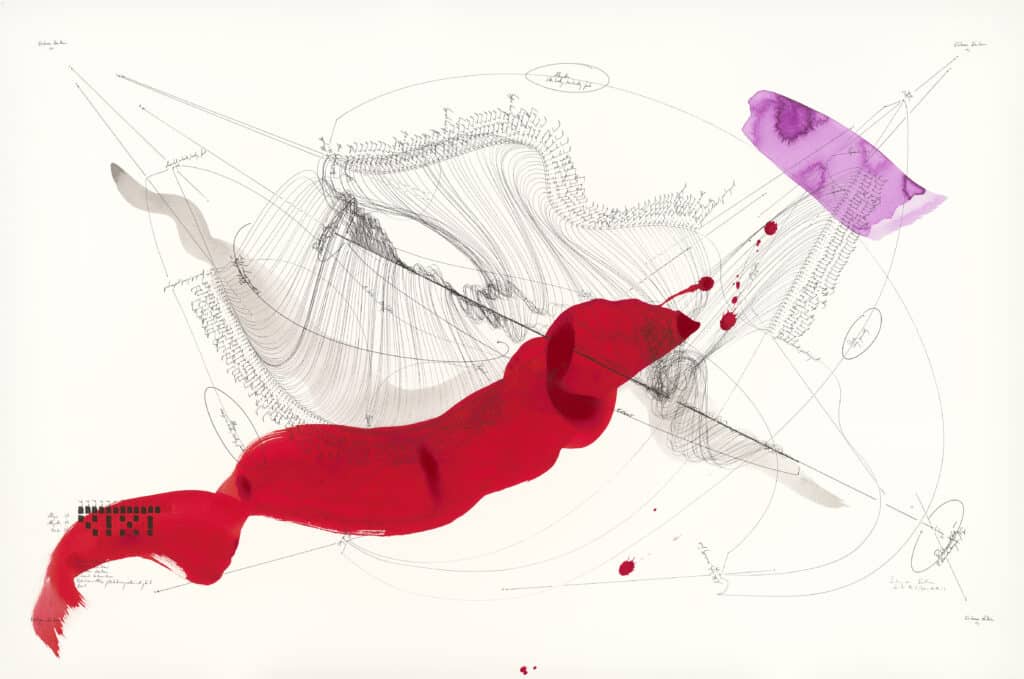
Jorinde Voigt (*1977): Ludwig van Beethoven / Sonata No. 6 (Opus 10 No. 2), # 11, 2012; ink and graphite on planographic print, Beethoven-Haus Bonn © VG Bild-Kunst, Bonn 2025; photo: Roman März
The transfer of a listening experience into a picture, which was already popular in the 19th century, was also taken up again and given a very personal form. This can be seen, for example, in a photographic work by Rebecca Horn (1944-2024), who was inspired by a performance of Beethoven's Violin Concerto op. 61 in New York. It combines a night-time snapshot with a self-portrait and various gestural traces of color added in a second step. The picture thus refers to a perception altered by the music and reflects the subjective experience of listening to the music.
Such works are often difficult for a wider audience to understand. The situation is different, however, with color-intensive abstract color compositions such as those created spontaneously by Norman Sigbert (1892-1980), Christel Bak-Stalter (*1937) or Peter Fischerbauer (*1966) under the impression of Beethoven's music. "Such highly emotional works are generally accepted and appreciated as an adequate pictorial form of expression for musical experiences," says Silke Bettermann. Right up to the present day, this has remained the path that visual artists are most likely to take when they want to capture classical compositions in pictures.
In recent decades, completely new attempts have also been made to deal with the musical material of individual Beethoven compositions. Baldwin Zettl (*1943), for example, transferred the text of Beethoven's "Flea Song" from Goethe's drama "Faust" directly into the picture by showing three bizarre-looking figures - the flea mentioned in the song with a henchman and his king at its head - marching along a piano keyboard. The last bars of the setting can be seen on the music stand above the figures.
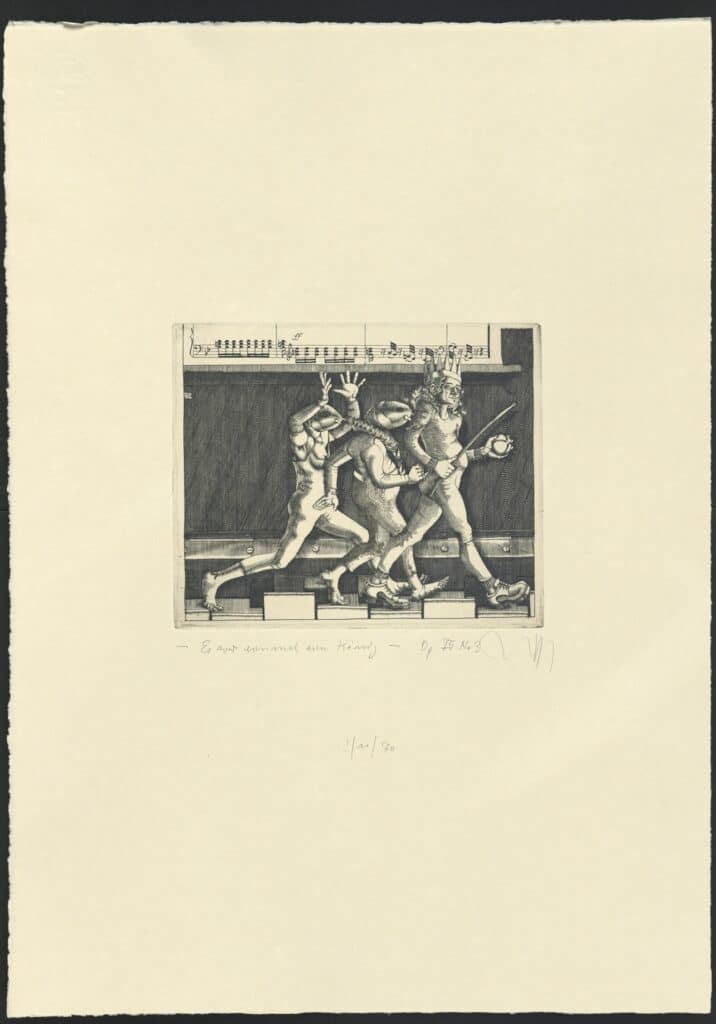
Baldwin Zettl (*1943): Once upon a time there was a king, 2002; copperplate engraving, Beethoven-Haus Bonn
Benjamin Samuel (*1981) pursues an almost mathematical approach. He transfers the Diabelli Variations into an abstract light installation using computer software. He assigns a color to each note of the piano piece, and simultaneously sounding notes appear in the resulting color mixture. In this way, color sequences develop that visually reveal the complexity of the composition. Jorinde Voigt (*1977), on the other hand, focuses on the visual translation of the emotional spectrum of the music in her graphics for Beethoven's 32 piano sonatas. Based on the performance markings contained in the musical text of the individual pieces, she intuitively creates a basic structure for lively, almost three-dimensional swirls of lines that express the emotional power of Beethoven's individual compositions while listening to the music.
A final aspect that visual artists like to address when dealing with Ludwig van Beethoven is the relationship between the musical work and the person of the composer. In the second half of the 20th century, Thomas Bayrle (*1937) was the first to break new ground here: he superimposed a historical portrait of Beethoven and the musical score of the so-called "Moonlight Sonata" op. 27 no. 2 in order to make the connection between the artist's personality and the music spontaneously recognizable. As all these examples show, Ludwig van Beethoven's compositions remain an important and lively source of inspiration for the visual arts to this day.
March 10 to July 21, 2025
www.beethoven.de

Beethoven-Haus, museum with bust of Riscutia © Beethoven-Haus Bonn

